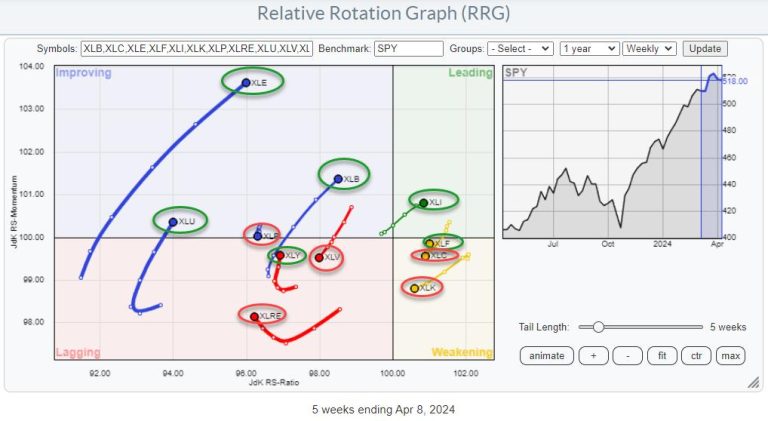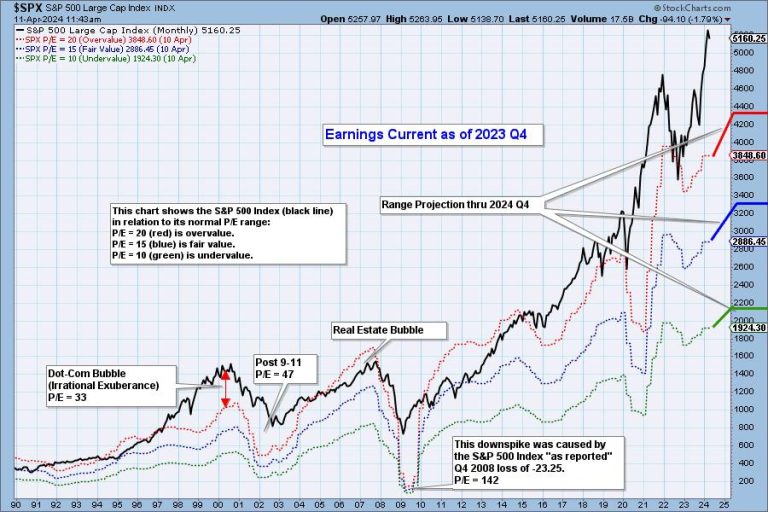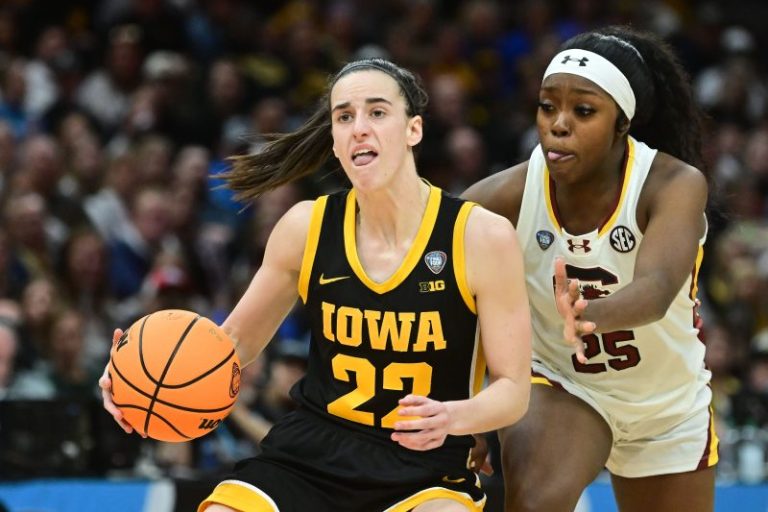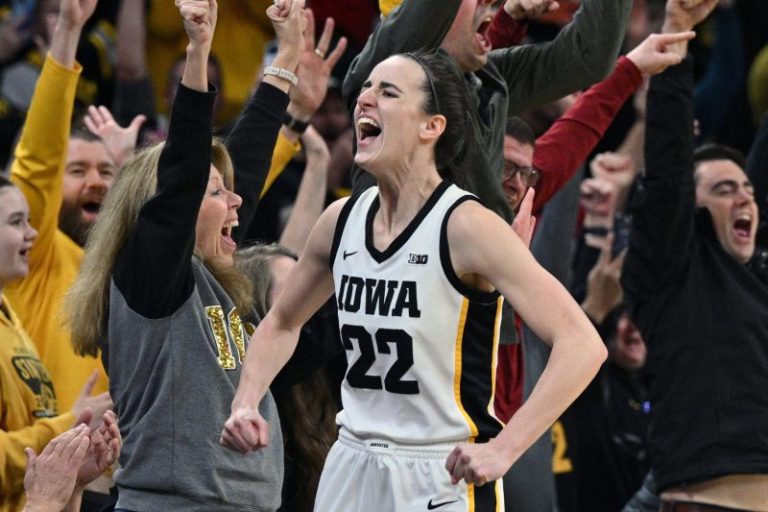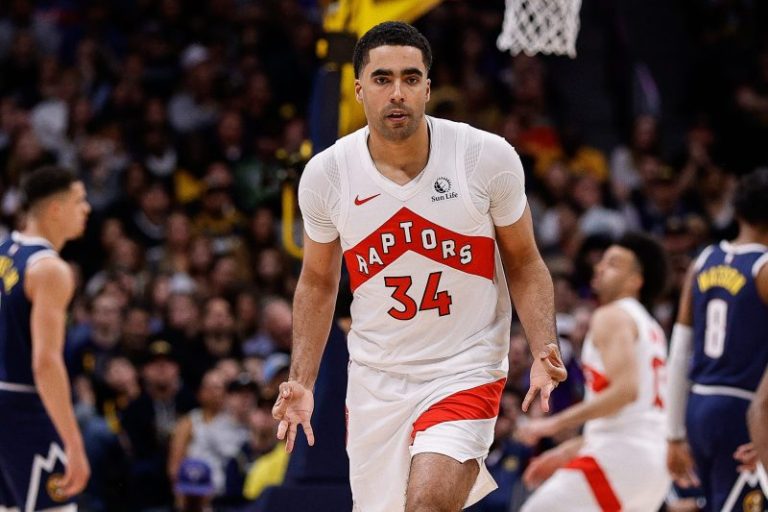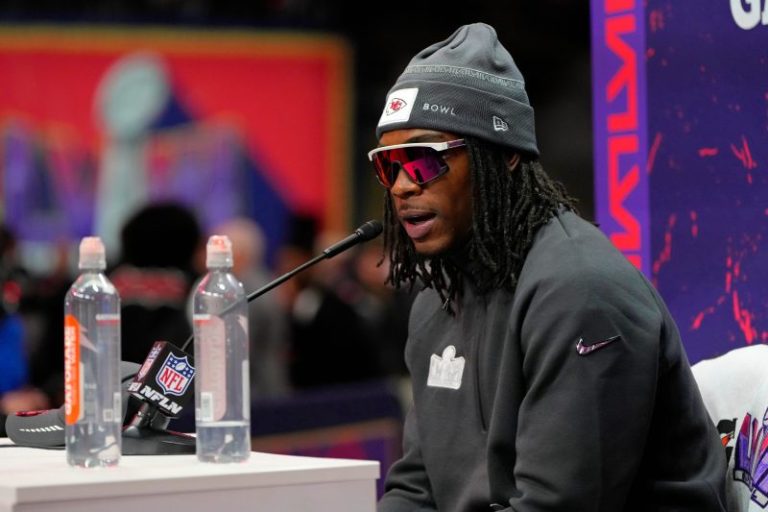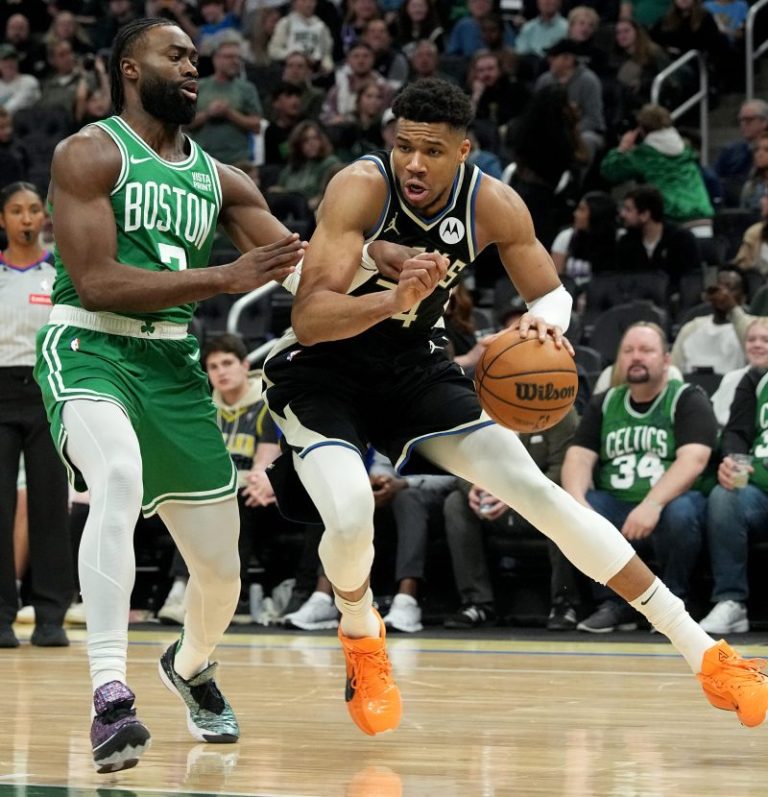Sometimes, it helps to look at a stock like NVDA to get a pulse of the market.
NVDA’s stock price is up over 85% in 2024. It’s a leader in the AI ecosystem and the most talked-about stock. So what does the future hold for NVDA in terms of its stock price and the company at large? How much will competition from Alphabet, Inc. (GOOGL) and other AI chipmakers impact the stock’s price?
A Deep Dive Into NVDA’s Stock Price
Some investors may have feared rising competition for NVDA from competitors such as Alphabet (GOOGL), Intel (INTC), and other AI chipmakers. This led some investors to rush to sell the stock. As a result, NVDA’s stock price entered correction territory, which attracted investors to buy the dip.
Let’s examine the NVDA’s stock price chart closely to identify potential entry points or ways to invest.
If you look at a five-year weekly chart of NVDA stock below, it’s clear that the stock price has been rising from June 2019 until November 2021. For the most part, NVDA’s stock price remained above its 20-week simple moving average (SMA). When NVDA broke below this SMA, it found support at its 50-week SMA. Yet when the stock price broke below the 50-week SMA on April 11, 2022, the stock price corrected. It was in correction territory for about six months.
CHART 1. WEEKLY CHART OF NVDA STOCK. With a high StockCharts Technical Rank (SCTR) ranking and relative strength vs. the S&P 500, NVDA is a strong stock. It’s trending up and went through a minor correction.Chart source: StockChartsACP. For educational purposes.
After NVDA stock broke above the downward-sloping trending (dashed blue lines) in November 2022, it moved sideways for a couple of months. After the stock price broke above the 50-week SMA on January 23, 2023, the uptrend resumed, and the stock continued higher, notching new all-time highs.
Looking at NVDA’s stock price now, it’s far from its 20-week SMA. The stock has a StockCharts Technical Rank (SCTR) score of 98.2 (upper panel), which suggests that NVDA is still strong. NVDA’s relative strength compared to the S&P 500 ($SPX) is above 950% (lower chart panel). There’s no sign of weakness in NVDA.
Turning to the daily chart, NVDA stock hit a resistance level on March 25, 2024 (the previous high of March 8, 2024) and has moved lower since then. The stock price was trading within a downward-sloping channel (dashed black lines) and below its 20-day SMA. But it has broken above the downward sloping trending channel and is just above its 20-day SMA. The stock price bounced off the support of the retracement from its March high (lower horizontal line). Its next resistance is the high of March 25, 2024. If the stock price breaks above this resistance level, NVDA’s stock price could continue a bullish rally of hitting new all-time highs.
CHART 2. DAILY CHART OF NVDA STOCK. After hitting resistance, NVDA pulled back, with the price declining within a narrow downward-sloping price channel. The stock has now broken out of the channel and is trading slightly above its 20-day SMA.Chart source: StockChartsACP. For educational purposes.
NVDA’s stock price is strong even when the broader market may show slight signs of corrective behavior. So, despite hotter-than-expected CPI data and the possibility of fewer than three interest rate cuts in 2024, investors are still optimistic about the stock market.
Getting a Piece of NVDA
Looking at the underlying strength of the macroeconomic environment and assuming earnings season goes well, the stock market may continue its bullish trajectory. The stock could move sideways for a while before resuming its bullish trend. It all depends on investor sentiment.
Another scenario that could play out is that NVDA could go through a correction similar to the one that started in April 2023. That would mean NVDA’s stock price would have to break below its 20-week SMA, now at around $686—a long way from where the stock is trading. It would take a lot for the stock to drop that low.
Since anything can happen in the stock market, it’s best to be prepared for any scenario. Either way, a pullback would be an excellent opportunity to buy the stock. NVDA’s stock price is around $900 per share, which could be costly, especially if you want to buy a substantial number of shares.
A couple of exchange-traded funds (ETFs) with significant NVDA exposure are the VanEck Semiconductor ETF (SMH) and the Grizzle Growth ETF (DARP). Another way to invest is in mutual funds with substantial exposure to NVDA. Fidelity Growth Company (FDGRX), Dunham Focused Large Cap Growth (DNFGX), and Baron Fifth Avenue Growth Retail (BFTHX) are a few to consider.
Think of what exposure to a stock like NVDA would do to your portfolio!
Disclaimer: This blog is for educational purposes only and should not be construed as financial advice. The ideas and strategies should never be used without first assessing your own personal and financial situation, or without consulting a financial professional.


